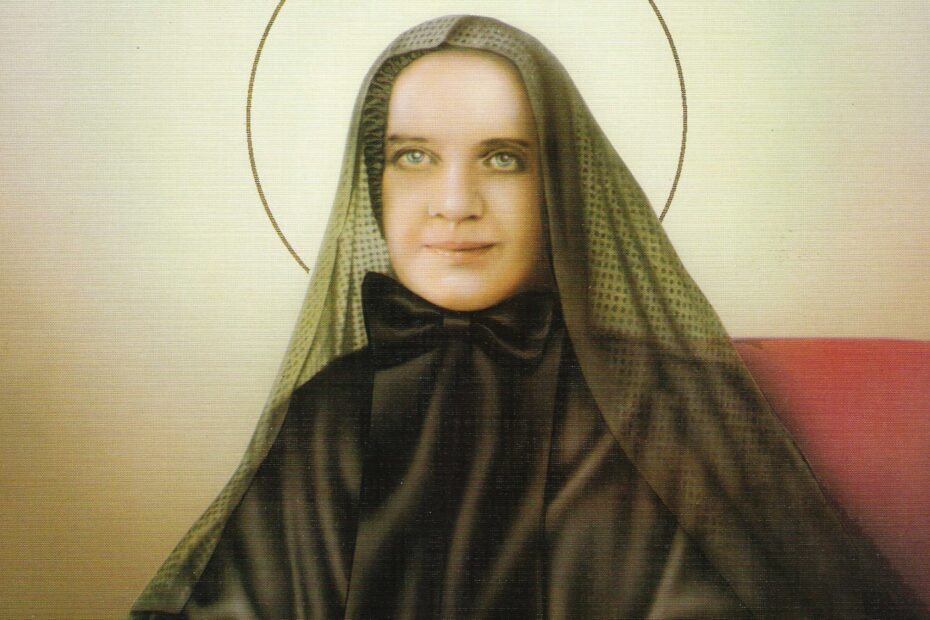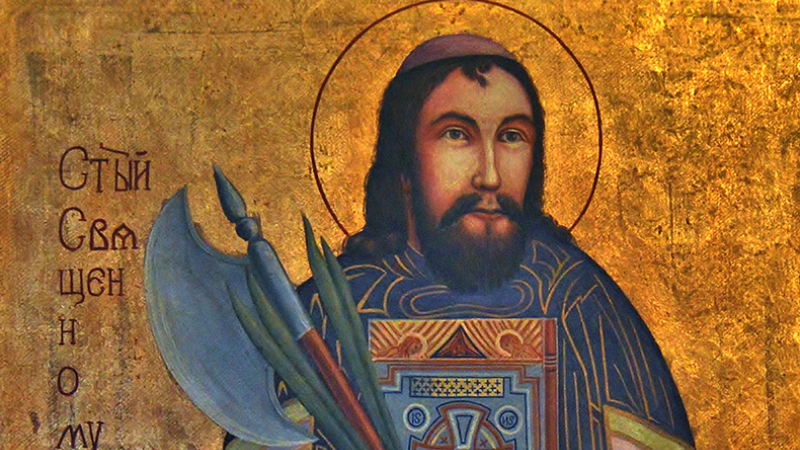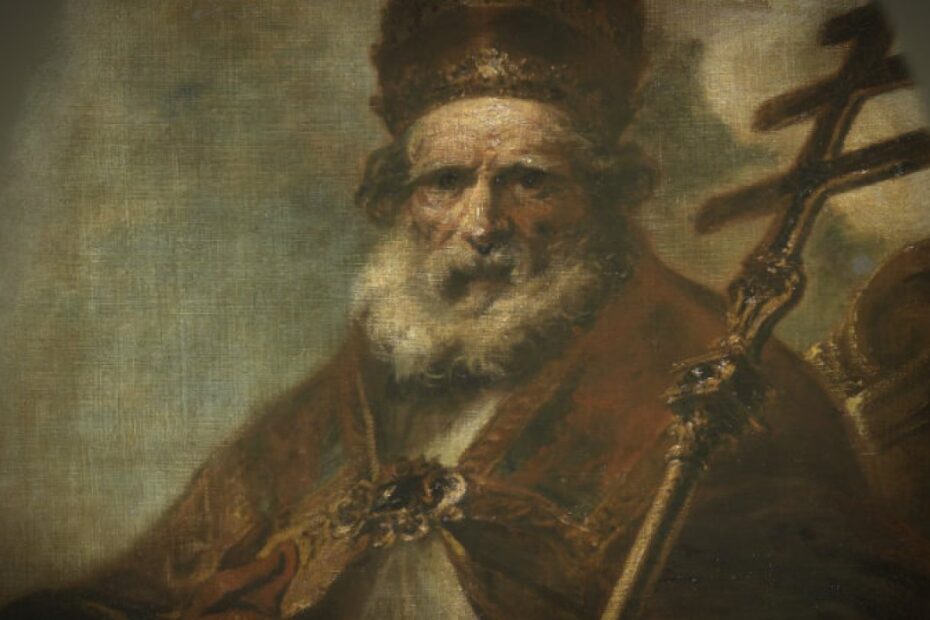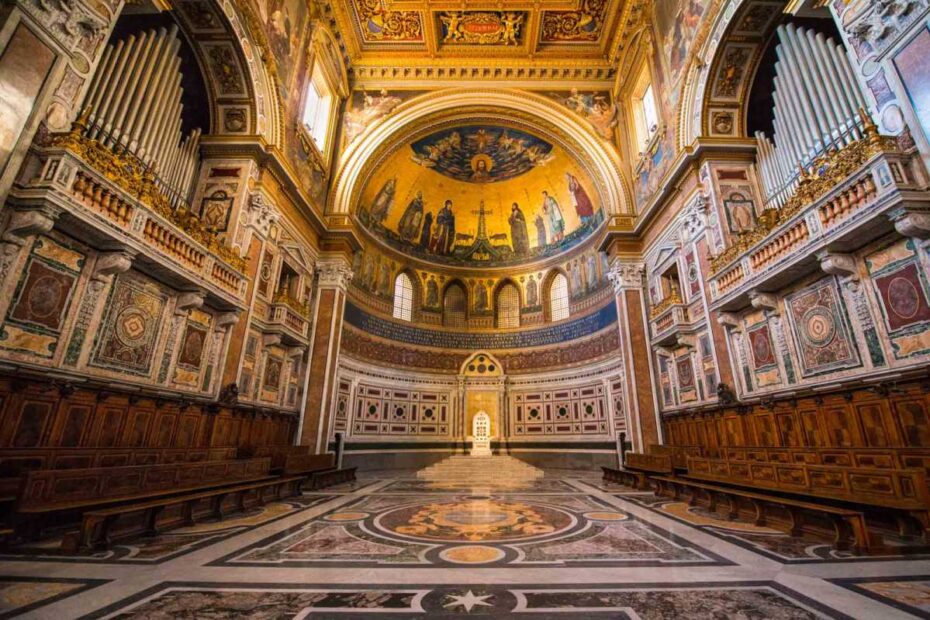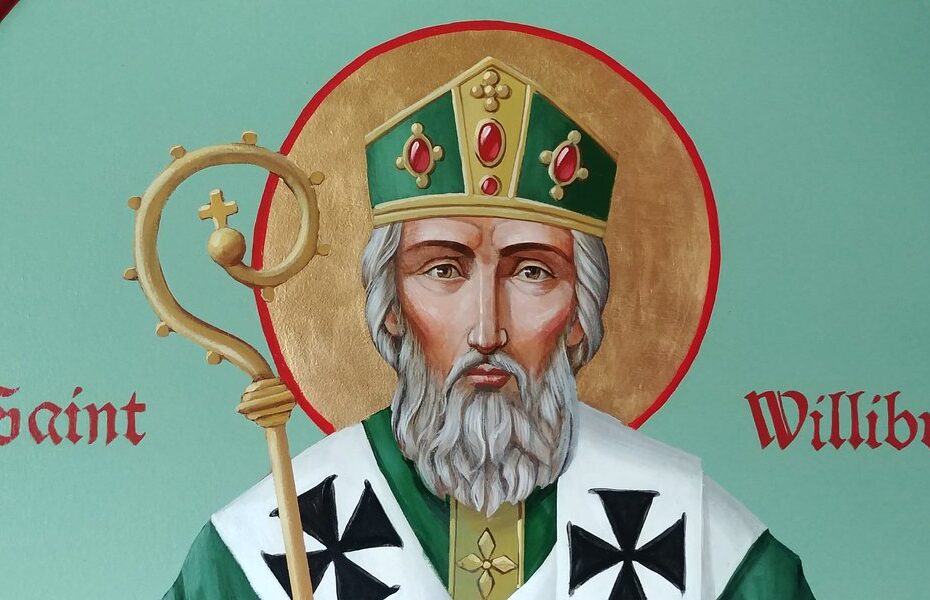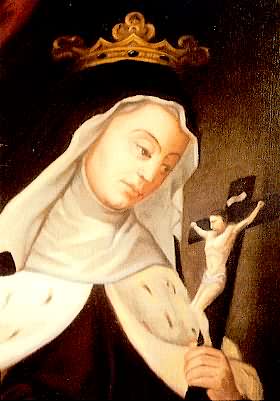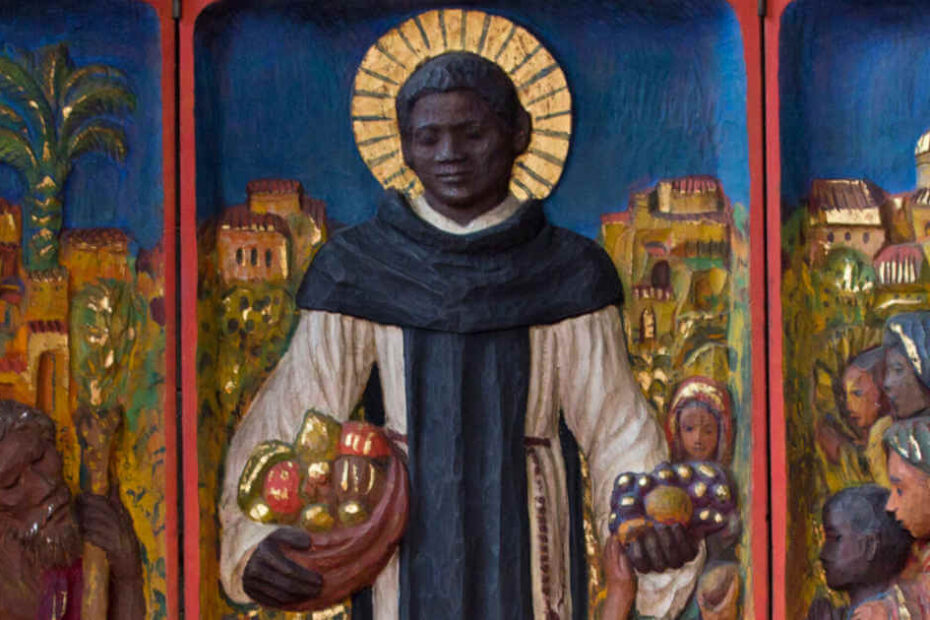Today the Church celebrates the feast of the Dedication of the Lateran Basilica in Rome, the oldest and highest ranking of the four major basilicas in Rome. The Basilica of St. John Lateran is the cathedral of the diocese of Rome, the official ecclesiastical seat of the Holy Father, the Bishop of Rome, not St. Peter’s Basilica as so many mistakenly believe. The Basilica is also called the Church of Holy Savior or the Church of St. John Baptist. In ancient Rome this was the church where everyone was baptized. It the oldest church in the West, built in the time of Constantine and was consecrated by Pope Sylvester in 324. This feast became a universal celebration in honor of the archbasilica, the ecclesiastical mother church, called “the mother and mistress of all churches of Rome and the world” (omnium urbis et orbis ecclesiarum mater et caput), as a sign of love for and union with the See of Peter.
